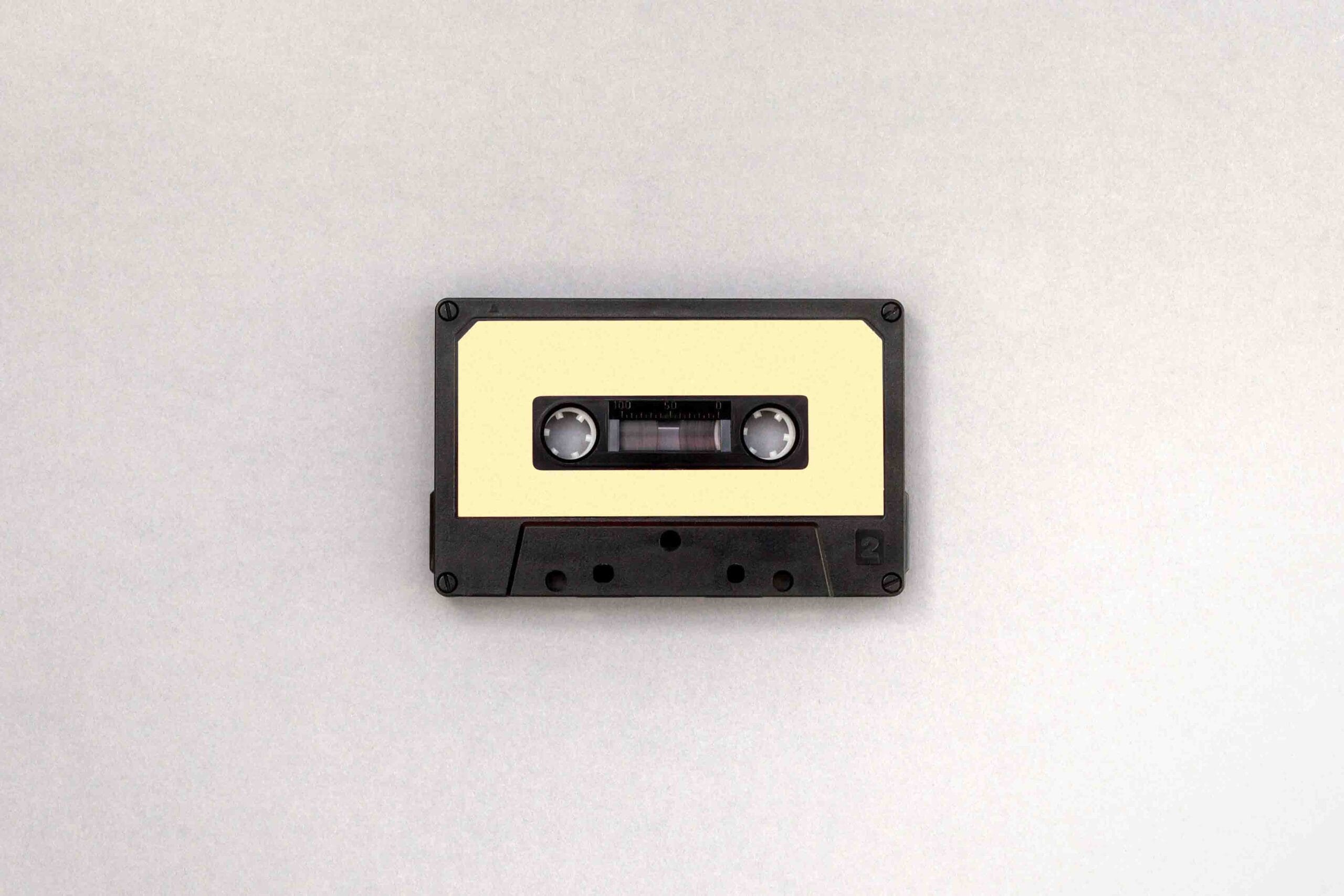Tour Dates | Shop | Contact
Music is one of the oldest and most universal forms of human expression, but where does it actually come from? The answer combines elements of biology, culture, and creativity. Music arises from a deep need for connection, rhythm, storytelling, and emotional expression, and it has evolved over millennia alongside human civilization.
The Origins of Music
The origins of music date back tens of thousands of years. Archaeologists have found ancient flutes made from bird bones and mammoth ivory dating back to at least 40,000 years ago. These early instruments suggest that humans were making music even before the invention of writing. Some researchers believe that music may predate language itself.
Music likely began as a way to:
- Strengthen social bonds in early human groups
- Communicate emotions and intentions before complex language
- Accompany rituals and ceremonies
- Coordinate movement and group tasks through rhythm and chant
Biological Roots of Music
Neuroscience shows that music engages multiple regions of the brain, including those associated with memory, emotion, and motor control. Humans are biologically wired for music in several ways:
- Rhythm: Our bodies naturally respond to beat and tempo. The human heartbeat, walking gait, and even breathing are rhythmic.
- Pitch recognition: We can perceive changes in pitch and tone, which helps us enjoy melody and harmony.
- Emotional response: Music activates the limbic system, the emotional center of the brain, making it a powerful tool for expressing and evoking feelings.
Cultural Evolution
While the biological capacity for music is universal, its expression varies widely across cultures. Music developed differently around the world:
- African traditions emphasized complex rhythms and call-and-response vocals.
- European music developed harmony, notation systems, and orchestration.
- Asian music explored pentatonic scales, subtle ornamentation, and unique instruments like the sitar or koto.
- Indigenous music often blended spiritual rituals with chants and percussive elements.
Each culture shaped music according to its own values, tools, and environment. Over time, migration and trade helped spread musical ideas, leading to fusion genres and global sounds.
Modern Music: Creativity and Technology
Today, music comes from everywhere — street performers, studios, clubs, smartphones, and digital platforms. Artists blend old traditions with new technology to create entirely new sounds. Electronic music, for example, transforms code and sound design into danceable rhythms, while hip hop and house music recycle beats and samples into modern anthems.
One rising example is Play House, a DJ and producer based in Paris whose house music blends afro house and deep house, inspired by artists like Black Coffee and Keinemusik. His original tracks and DJ sets are available on Spotify, YouTube, and SoundCloud. For event bookings and exclusive releases, visit the Play House official website.
Conclusion
Music comes from deep within us — shaped by our biology, our communities, our histories, and our desire to express the inexpressible. From bone flutes to DJ decks, from chants around a fire to global festivals, music continues to evolve while connecting people across space and time. It’s not just sound — it’s one of humanity’s oldest and most powerful languages.



